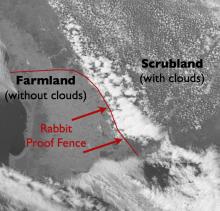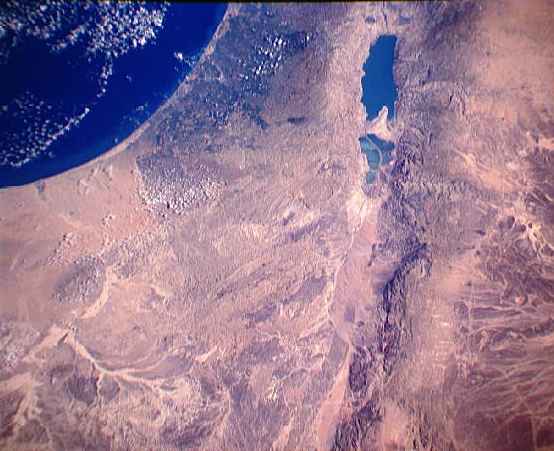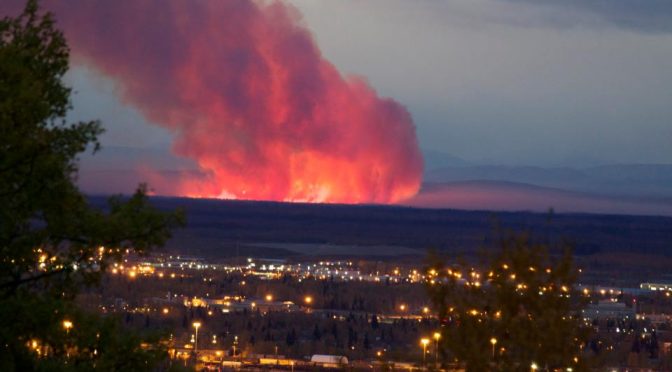Human impacts on the water cycle: Land-use and land-cover changes
This unit gives a glimpse how humankind affects the water and energy cycle by land-cover and land-use changes.

Goals
The goal of this unit is to enhance and extend the concept that the energy and water exchange at the Earth-atmosphere interface depends on the characteristics at that surface. Thus, any land-cover or land-use have impacts on the water- and energy cycles, water and energy balances. These changes occur at different spatial and temporal scales with different magnitudes.

After successful completion of this unit students will be able to
- Discuss the impact of land-use/land-cover changes on the water cycle
- Explain how land-cover changes lead to changes in precipitation, evapotranspiration, infiltration, percolation, groundwater recharge, and runoff
- Use observational data to examine the impact of vegetation (all students) and vegetation type (graduate students)
Students’ tasks
- Watch this movie
- Take notes and fill out the questionnaire
- Download this Unit26 excel spread sheet.
- Solve the problems assigned at your class level in this Unit 26 Applications task sheet and submit your solutions prior to Thursday 2359 Alaska Time.
© 2021 Nicole Moeders | All Rights Reserved.
